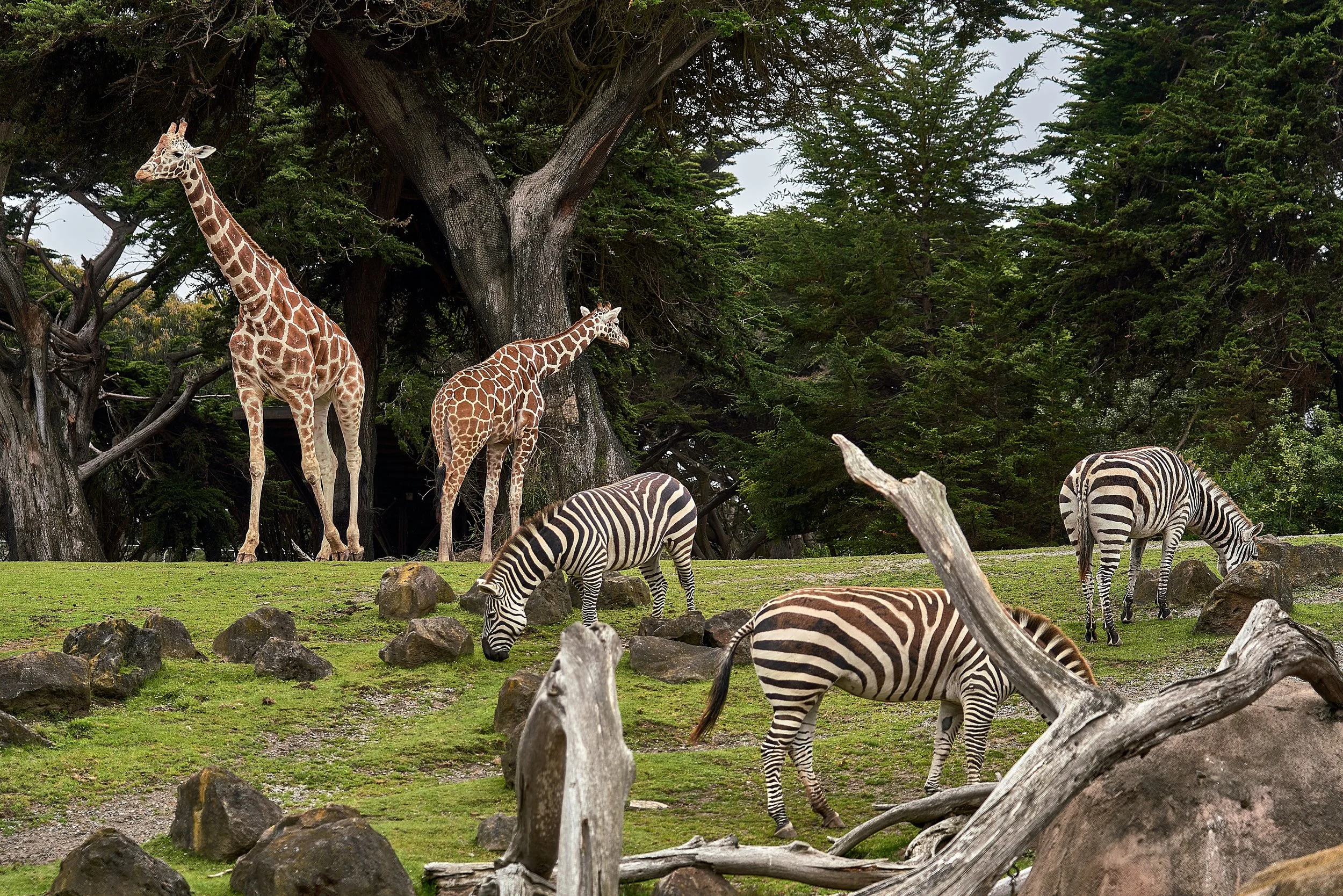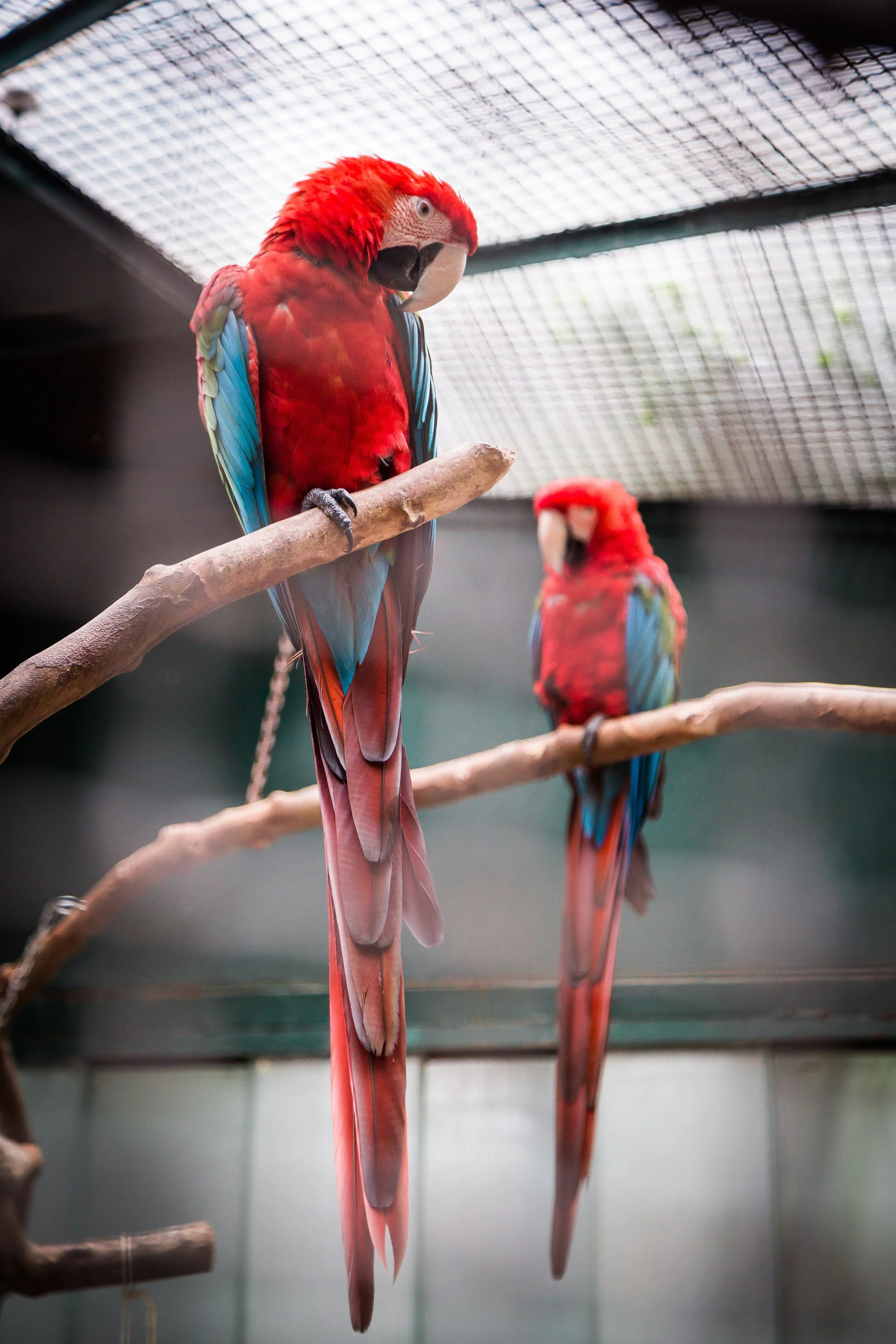The Great Zoo Debate
Zoos, or zoological gardens, are facilities where animals are kept in captivity and displayed to the public for educational and recreational purposes. While zoos have been a popular form of '“entertainment” for centuries, they have also been the subject of much controversy and debate.
One of the main arguments in favour of zoos is that they provide a valuable educational resource for the public. By displaying a variety of animals from different parts of the world, zoos can help to educate people about the diversity of the animal kingdom and the importance of conservation. For many people, especially children, zoos may be their only opportunity to see and learn about animals that they may not have the chance to encounter in their daily lives. This can help to increase public awareness and understanding of the natural world and the animals that live in it.
Another argument in favour of zoos is that they provide a safe and secure environment for animals that may be threatened in the wild. For example, zoos may serve as a sanctuary for animals that have been rescued from poachers or other forms of exploitation. Zoos can also provide a safe haven for animals that are endangered or threatened in the wild, helping to ensure their survival and prevent their extinction. This can be especially important for animals that are at risk of extinction in their natural habitats, as zoos can help to preserve these species and prevent their complete disappearance from the earth.
Examples Of Positive Change
There are many zoos around the world that have helped to support conservation efforts for a variety of species. Here are a few examples:
The San Diego Zoo in California has been involved in conservation efforts for over 100 years. They have helped to breed and reintroduce several species back into the wild, including the California condor, the Arabian oryx, and the giant panda.
The Singapore Zoo has been involved in conservation efforts for over 40 years. They have helped to breed and reintroduce several species back into the wild, including the Malayan tapir and the Siamese crocodile.
The Taronga Zoo in Sydney, Australia has been involved in conservation efforts for over 100 years. They have helped to breed and reintroduce several species back into the wild, including the Tasmanian devil, the bilby, and the eastern barred bandicoot.
The Berlin Zoological Garden has been involved in conservation efforts for over 150 years. They have helped to breed and reintroduce several species back into the wild, including the European bison, the Persian leopard, and the Przewalski's horse.
The Toronto Zoo in Canada has been involved in conservation efforts for over 40 years. They have helped to breed and reintroduce several species back into the wild, including the black-footed ferret, the trumpeter swan, and the swift fox.
Overall, these are just a few examples of zoos that have helped to support conservation efforts for a variety of species. There are many other zoos around the world that are also involved in similar efforts, and their work is crucial for helping to protect and preserve the earth's biodiversity.
The Counter Arguement
On the other hand, there are also many arguments against zoos. One of the main criticisms of zoos is that they can be harmful to the welfare of the animals. In many cases, the animals in zoos are kept in small, confined spaces that may not be suitable for their natural behaviours and needs. This can lead to physical and psychological distress for the animals, and can ultimately harm their health and well-being. For example, some animals may become anxious or depressed when they are kept in captivity and are unable to engage in their natural behaviours, such as hunting, foraging, or socialising with others of their own species.
Another criticism of zoos is that they can be cruel and inhumane. For example, some zoos have been criticised for using cruel training methods to control the animals, or for separating animals from their families and social groups. This can cause significant harm to the animals and can undermine their natural behaviours and instincts. In some cases, the conditions in zoos may be so poor that they can actually cause the animals to suffer and even die prematurely.
Zoos can harm animals in a variety of ways, including by depriving them of sufficient space to roam and move around, by failing to provide them with adequate medical care, and by causing them to suffer from stress and other mental health issues due to captivity and the lack of stimulation. Some zoos also engage in practices such as culling, which involves the killing of animals in order to manage their populations, and breeding programs that may be harmful to the animals involved. Additionally, some zoos may not prioritise the well-being of their animals and may instead focus on profit and entertainment at the expense of the animals' health and happiness.
In conclusion, the debate over zoos is complex and multifaceted. While zoos can provide a valuable educational resource and a safe haven for animals, they can also cause harm to the animals and can be cruel and inhumane. Ultimately, the decision to visit a zoo or support its existence should be based on a careful consideration of these pros and cons.
In our books, a good zoo is one that prioritises the welfare and conservation of the animals in its care. This means providing them with spacious, natural environments that mimic their native habitats as closely as possible, and offering them enriching activities and opportunities to engage in natural behaviours. A good zoo also educates visitors about the animals and their needs, and works to protect and conserve species and their habitats in the wild. By focusing on the wellbeing of the animals and the promotion of conservation efforts, a good zoo can be a valuable educational and conservation resource for the community.
Where do you stand on the issue?







